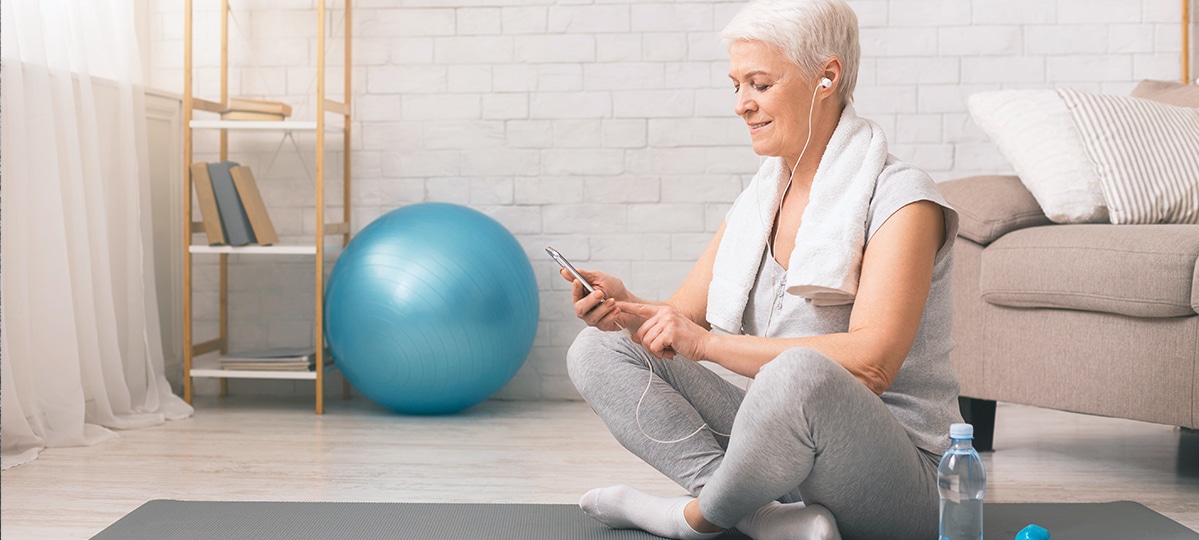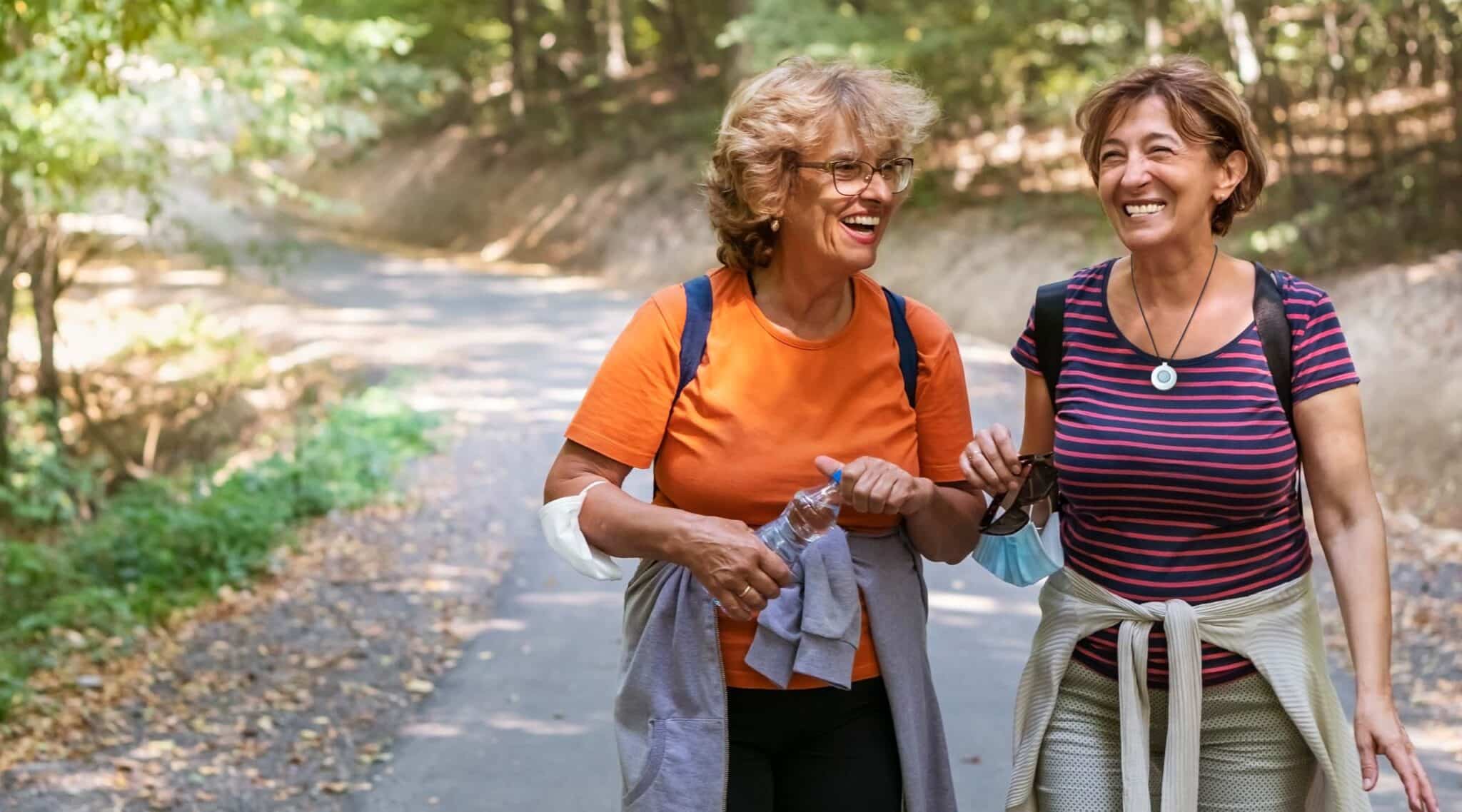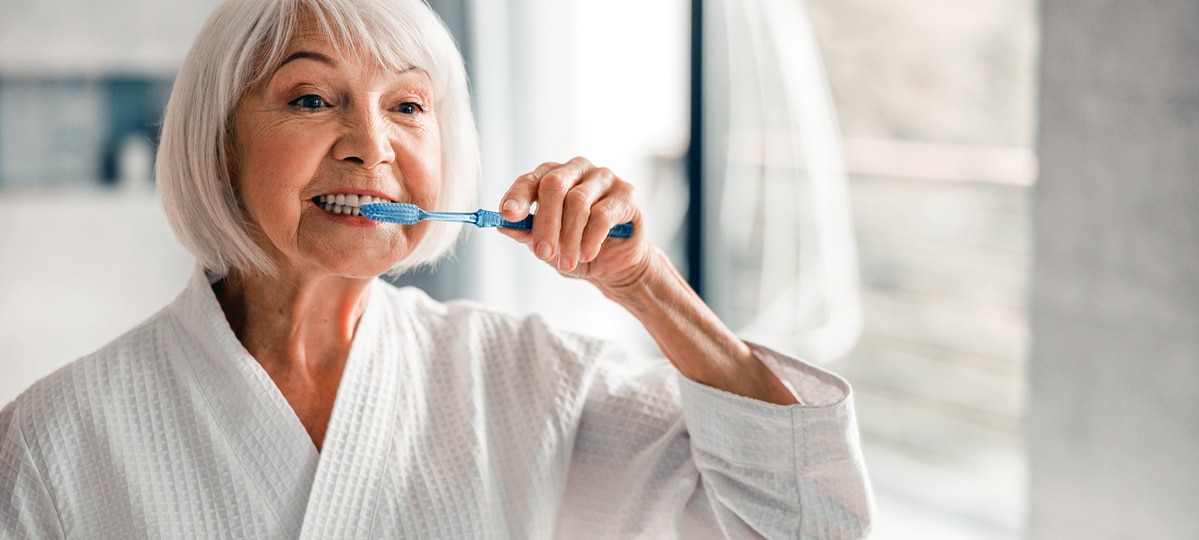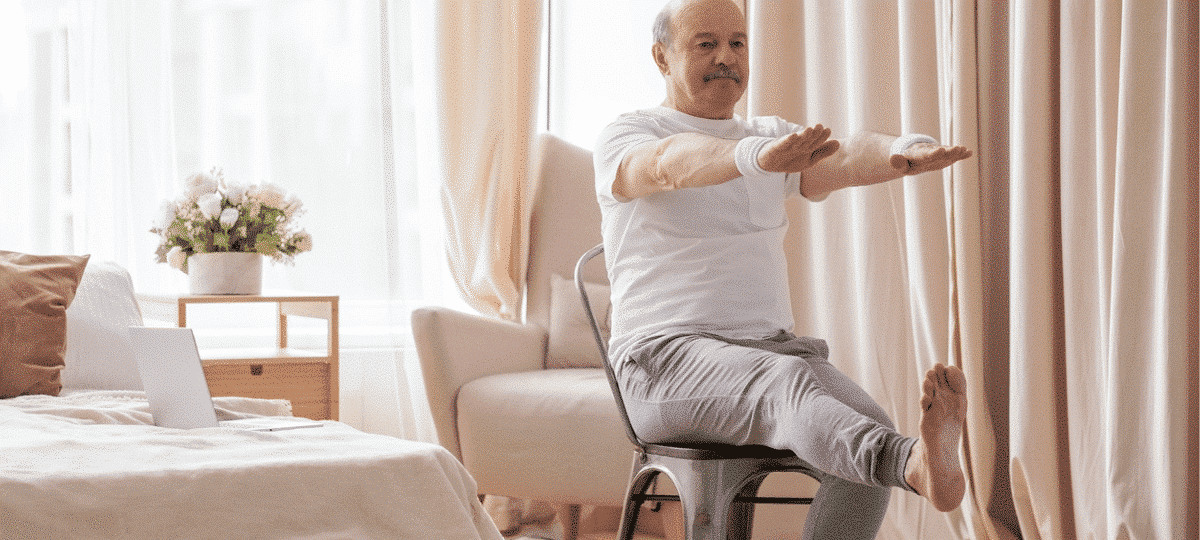September 23rd is Falls Prevention Awareness Day. We suggest you commemorate the day by taking preventative measures against a fall. As you age, the threat of falling and doing serious harm to yourself increases. Certain medications you take, the loss of strength in certain muscles, and an inability to control balance are just some of the factors that can lead to a fall. However, such an accident is not inevitable.
You should use Falls Prevention Awareness Day to take the following actions:
Make an Appointment with Your Doctor
Preventing a fall begins with consulting your doctor. They will have the best insight into your vulnerabilities and can advise you on how to mitigate them. You should be prepared to tell them what medications you are taking. Your physician will review the list you give them and advise you of certain side effects that may increase your risk of falling. Your physician may help wean you off medications that cause tiredness and fogginess of mind.
Your physician will also ask if you have fallen before. You should be prepared to give them details of your last fall. Your doctor can then give you custom-made fall prevention strategies.
Certain eye and ear disorders can also increase the risk of a fall. You should discuss such problems with your doctor. If you experience dizziness, joint pain, shortness of breath, or numbness in your feet, you should inform your physician. They will evaluate your muscle strength, walking style, and ability to balance. They will also tell you how to improve the above and may prescribe medication if necessary.
Exercise
Physical activity is one of the best ways to prevent a fall. You should, of course, acknowledge the physical limitations that come with age. However, you do not have to run miles every day or engage in other forms of vigorous physical activity. It is possible to do age-appropriate exercise such as walking, water workouts, Tai Chi, or Yoga, all of which are gentle exercises that will help keep you active and limber. They also improve strength, balance, coordination, and flexibility.
Wear Sensible Shoes
Wearing the right footwear is key to reducing the risk of a fall. High heels, floppy slippers, and slick-soled shoes will increase the risk of a stumble. You should opt for shoes that fit, and that have non-skid soles.
Remove Hazards at Home
Make your home fall-proof. Remove anything that you could accidentally stumble over. These include boxes, newspapers, electrical cords, and phone cords. You should remove coffee tables, magazine racks, and plant stands from the paths you walk down most. Secure loose rugs, loose floorboards, and loose carpeting. Store clothes, dishes, utensils, and food where it is easy to get them. Do not put them where you are forced to reach for them. Most importantly, you should put down non-slip mats in your tub and shower area. Bathroom slip and falls are the most lethal for aged people.
Light Your Living Space
Place night-lights in your bedroom, bathroom, and hallway. Purchase and install bedside lamps that are bright and easy to reach. Have glow-in-the-dark switches installed so that you can see them in the middle of the night. Store flashlights in various easy-to-reach places in your home. You may need them during a power failure.
Use Assistive Devices
If you need to use a cane to get around, do so. When in public places, you should use the handrails provided. You should also use toilets provided for the disabled, as they have raised toilet seats. In addition, always grab the handlebars provided in showers or tubs.
Get Fall Detection
Despite all of these efforts, a fall may still occur. A Medical Alert system equipped with Fall Detection can ensure that you get the help you need after a fall – even if you can’t hit your button. Fall Detection uses an accelerometer inside your medical alert pendant. This senses a fall and connects you to a highly trained emergency response operator even if you can’t push your emergency button.




